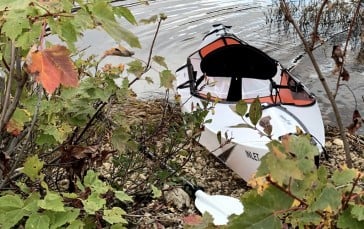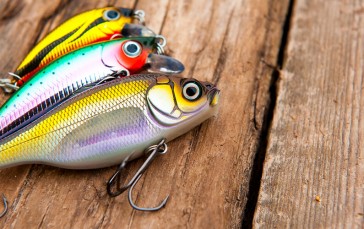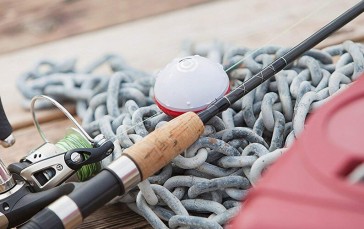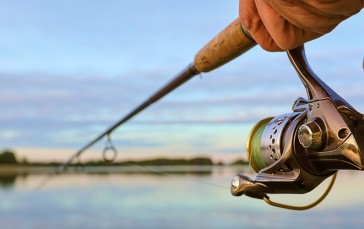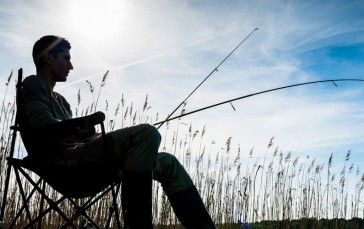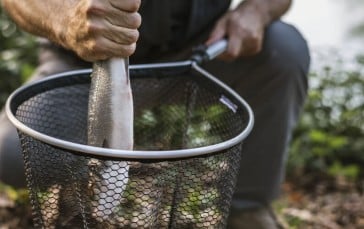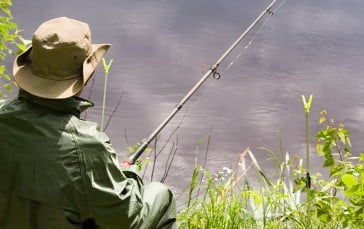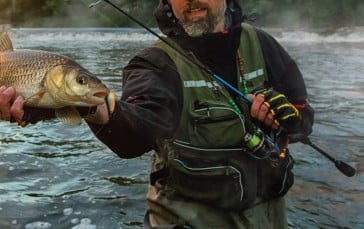How To Catch Big Bass
Bass fishing is one of the most popular pastimes in the United States. People either do it for sport or just as a fun hobby to do with friends and family on weekends. No matter what your purpose is for catching these fish, we all know that what you want is to outdo everyone in terms of how big of a bass you’re able to catch. However, not everyone knows how to do this properly, so you might end up catching smaller fishes that just don’t meet your expectations.
There are a couple of things you need to consider if you want to catch the biggest bass in the fishing spots you go to. In many cases, these will require you to think like these fishes would – to put yourself in their shoes and have the same mindset. Once you’re able to do this, it’ll seem like all you’re able to catch is big bass. No more wasting your time as well as your baits and tackles on small fry fish. So prepare your fishing shirt, fishing hat and tackle box and read on.
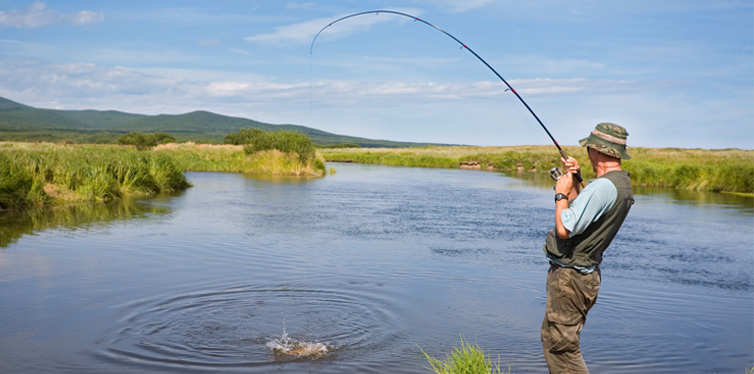
Older Bass Are Lazy
The first factor to consider when fishing for bass is the age of the fish. Some experts suggest thinking of bass as old and lazy creatures that prefer comfort over almost anything else. An analogy they use goes along the lines of comparing the fish to a retiree who would rather live somewhere they can get the best amenities with the least amount of effort, rather than competing with younger ones that have more energy to put up a fight for resources. In our opinion, this is a good thing to think about.
With that comparison in mind, your best bet is to pick a spot somewhere in the middle of where you’re fishing. If you can check the depth of the water, it would be even better if you pinpoint a location where the water is around ten feet deep. If you can’t exactly measure the depth of an area, a good rule of thumb would be to go for a spot that’s around eight to 12-feet deep. If you’re fishing in colder conditions, look for shallow water that has deeper waters nearby. You can usually find these spots near the backs of creeks.
This means that you no longer have to go to the deepest points in the water and wait it out. You also no longer need to take your chances that large, female bass will swim closer to the shore in order to lay their eggs. Water that’s around eight to 12 feet deep is a preferred spot for older bass, all year round. Backwater bass are easy to spot because they can eat relatively well without much competition in those areas – all the while being in the shade and protected from the elements. They don’t have to fight against strong currents as well at this depth.
Secure The Eggs
Number two is to know where bass like to hang out and lay their precious eggs. This tip goes hand in hand with the last one, as this could also help you save time by eliminating the “dead” parts of a fishing spot. If you’re consistently getting bites in a particular area, it probably isn’t by coincidence. Bass are very spot-specific animals. Take your time with them. You’d want to begin fishing near hard surfaces like rock or wood. Once you’ve gone through those, fish at secondary points, such as the ones rich in clay deposits. This is where learning good graphing skills will pay off quite handsomely.
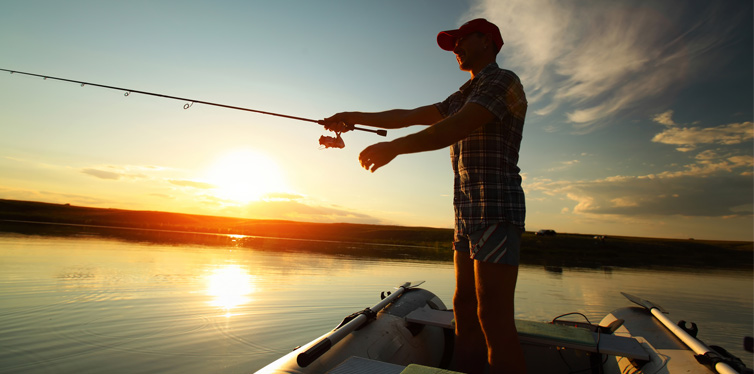
Essentials For Survival
Aside from looking for a certain depth or a hard surface, you should also look for things that are essential for a fish’s survival. The first would be vegetation. If you see an abundance of oxygen-bearing plants such as hydrilla or milfoil, chances are there will be a lot of baitfish in that area. When there are lots of baitfish, there is also a big chance that a large bass will be residing in that area.
You should also look for fishing current to follow. Keep in mind that bass won’t stay in one place for long, especially if it doesn’t have much food or oxygen. A change in current may only happen a couple of times per day, but when you see one you’ve spotted what’s essentially the fishes’ travel route – you’ll know where they are or where they’re headed.
Get Some Bigger Equipment
The next tip we can give you is to invest in bigger fishing lures. This is a good tip to follow if you’re not yet confident in choosing the right spot to fish in. Sure, you can use a five or six-inch tournament-sized bait, but this will entail more effort on your part to catch bigger fish. If you have the means to do so, splurge on some larger nine-inch swim baits. What this will do is attract fish from farther away places. They will see and hear this bait easier compared to smaller ones. Bigger baits can better imitate movements of other fish. Just make sure you have a lure retriever handy. Bigger fishing rods can also help, as these can put up a fight against bigger fish.
As we’ve said before, bigger baits are more expensive so you shouldn’t let them go to waste. If you’re planning to use these ”filet mignon” baits, you should make sure that you know when and where to use them. In the springtime, wait until the water reaches 50º F, which is when the feeding window for bigger fish opens up. In the winter time, look for warmer water, as the metabolism of bass slows down in the cold. This means that they won’t eat much when the water they live in gets a bit chilly. Shallower waters warm up easier, so you may be able to find the biggest bass there. Go for calmer waters too, as wind can easily cool down the water in an area. Also, make sure you invest in good fishing bobbers.
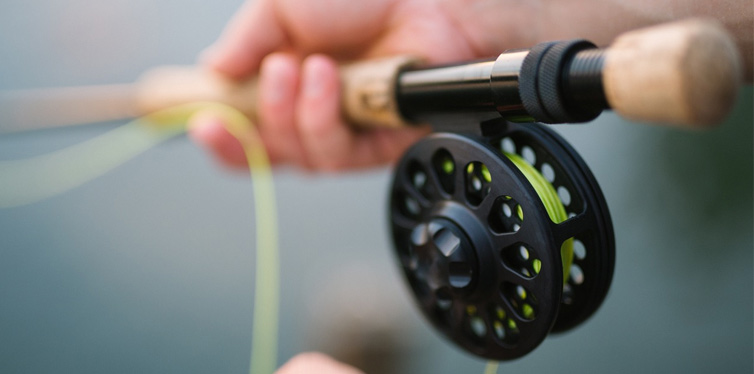
Color Code
It’s not only the size of the bait that matters. The type and even the color of your lure play a big part in whether you catch a big fish or not. For instance, if using a shallow bite just isn’t working at as well as you’d hoped, try using a jig. This type of bait allows you to get directly in front of a bass even if it’s hiding. If you’re in muddy waters, a black and red jig maybe more effective. On the other hand, if you’re in clear waters, you may have better luck with a green pumpkin jig.
Try A Bit Of Sight Fishing
If you go to a fishing spot with clear waters, you may want to try out sight fishing. These means putting in the effort to look around for big bass instead of waiting on them to go to you. However, you should avoid waters that are extremely clear. After all, if you can see the fish, chances are they’ll be able to see you as well. Don’t spend too much time trying to catch a particular bass as well; you might go home empty-handed. As the adage goes, there are plenty more fish in the sea.
If you’re going to chase around big bass in clear waters, it would be important to consider the fish’s protection. Like we’ve said before, if you can see the bass, they can see you. If this is the case, then there’s also a big chance that the natural predators of those fishes can see them as well. Don’t go for fish that are in places where they can be more alert of their surroundings. Instead, go for bass near pockets of reed or next to a dock. Because they won’t have a full view of their surroundings, you’ll be able to sneak up on them easier.
You should also be more patient too when sight fishing. You might be tempted to pull your bait out too soon, but if you do so with fish in sight, it may send off the message that the bait is no threat to them at all. Expert fishermen recommend waiting it out once you’re confident in the spot you chose. They also recommend barely twitching the bait at all, as this will agitate what you’re trying to catch into making the first move. You can up this agitation by getting an undulating lure.

Don’t Make The Same Mistakes Twice
Our last tip is to steer clear of waters you already know don’t have that much to offer. The best way to do this is to get yourself a graph and cross out the spots where you’ve already been. You should also do this for the places where you’ve already caught some of the biggest fish or where other people have. Once you’ve crossed out all of the points on the map where you know there won’t be as much fish swimming around, you’ll be left with a couple of places that you know have a higher probability of housing a big catch.
These simple yet effective tips will help you up your bass fishing game. Who knows? If you follow these closely enough, you might snag yourself a ten-pounder sooner than you think.
Sources:
- 7 Tips for Catching Shallow Winter Bass, Wired 2 Fish
- 25 Tips for Catching a 10-Pound Bass, Field & Stream
- 6 Things You Need to Know to Catch Bigger Backwater Bass, Wired 2 Fish


